
A blog focusing on 1/64 diecast from such popular brands as Hot Wheels, Matchbox, Johnny Lightning, M2 Machines, GreenLight, Tomica, Yat Ming, Majorette, MotorMax, Siku, Corgi, Guisval, Playart, Ertl, Zylmex, Racing Champions, & many more. Swifty's Garage features a daily Car Of The Day and news updates from your favorite brands!
Monday, November 15, 2010
Car Of The Day: November 15, 2010
Today's car of the day is Racing Champions' 1958 Chevrolet Impala.
The Chevrolet Impala is a full-size automobile built by the Chevrolet division of General Motors introduced for the 1958 model year. Deriving its name from the southern African antelope, Chevrolet's most expensive passenger model through 1965 had become the best selling automobile in the United States, competing against the Ford Galaxie 500 and the Plymouth Fury when full-size models dominated the market. The Impala was distinguished for many years by its symmetrical triple taillights. The Caprice was introduced as a top-line Impala Sport Sedan for the 1965 model year becoming a separate series positioned above the Impala in 1966, which itself remained above the Bel Air and Biscayne. The Impala continued as Chevrolet's most popular full-size model through the mid-eighties. Reintroduced for the 1994 model year, the Impala SS was produced through 1996 based on the Caprice Classic sedan. The SS featured a 5.7-liter (350 cu in) small-block V8. The current Impala model range produced since 2000 is built on a front wheel drive (FWD) mid-size platform.
For more information and pictures of the real car please visit: Chevrolet Impala
For a long time, the '58 Impala was ignored in small scale diecast. Then, within the last fifteen years we've gotten a number of quality replicas of this ride. This Racing Champions was the first. Johnny Lightning and M2 Machines have since followed. Being the original Impala, this is a milestone car in more ways than one. The Impala remains one of the best-selling cars of all time and has managed to survive discontinuation not once but twice!
The Impala was introduced in 1958 and positioned as top of the line Bel Air coupes and convertibles. From the windshield pillar rearward, the 1958 Chevrolet Bel Air Impala differed structurally from typical Chevrolets. Hardtops had a slightly shorter greenhouse and longer rear deck, giving the impression of an extended body.
It was a change from the 1955–1957 shape that was itself a substantial move away from the conservative Chevrolets of past years, longer, lower, and wider than its predecessors. The sharp tailfins of the 1957 gave way to deeply sculptured rear fenders. Three taillights each side would become an Impala hallmark whereas lesser models had two and wagons just one. Special crossed-flag insignias sat above the side moldings plus bright rocker moldings and dummy rear-fender scoops. 1958 was the first year of dual headlamps.
Underneath this new body was a new chassis. The standard perimeter-type frame was abandoned, replaced by a unit with rails laid out in the form of an elongated "X." Chevrolet claimed that the new frame offered increased torsional rigidity and allowed for a lower, yet still roomy passenger compartment. In this design, a transitional step between traditional construction and the later fully unitized body/chassis, the body structure was beefed up in a number of areas (most notably the rocker panels and firewall) to create a solid package. However, this frame was not as effective in protecting the interior structure in a side impact crash, as a traditional perimeter frame.
With a six-cylinder engine, a Chevrolet Bel Air Impala started at $2,586, while $2,693 bought a V-8. In all, 55,989 convertibles and 125,480 Sport Coupes were built, 15 percent of production. Interiors held a two-spoke steering wheel and color-keyed door panels with brushed aluminum trim. No other series included a convertible. Impala signaled Chevrolet's entry into the mid-price field, even if the design was less radical than planned. In addition to style and vigorous performance, ads marketed its "quick, eager-to-please handling that lets you know you're the boss." Longer, lower, and wider—a recurrent theme-all Chevrolets had full-coil suspension, displacing the old rear leaf springs. A new "Safety Girder" X-type frame reduced height without headroom loss. A 283-cubic-inch engine was now the standard V-8, with ratings that ranged from 185 to 290 horsepower. A big-block 348-cubic-inch Turbo-Thrust V-8 was a new engine option, descended from a truck engine putting out 250, 280, or 315 horsepower. The 1958 Chevrolet Bel Air Impala helped Chevrolet regain the number one production spot in this recession year.
After rumors that Impala would return to rear wheel drive, General Motors confirmed that the next generation model will continue to be front wheel drive, likely based on a variation of the global GM Epsilon II platform known as Super Epsilon II. A hybrid version is also expected.
Subscribe to:
Post Comments (Atom)
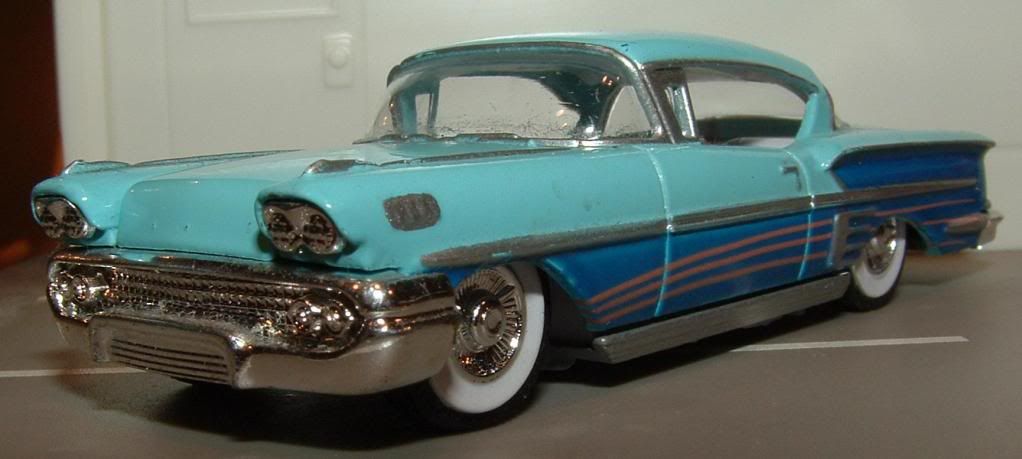
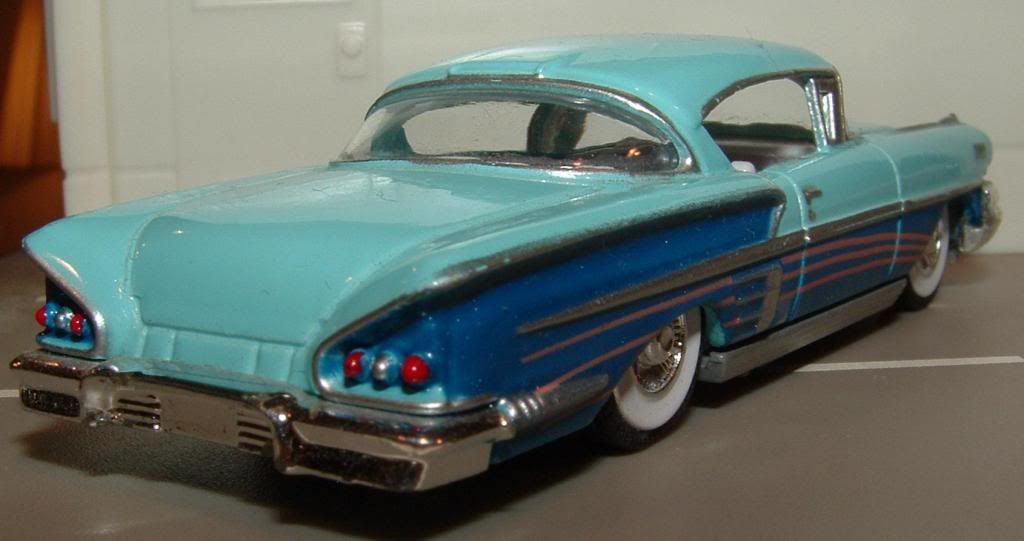
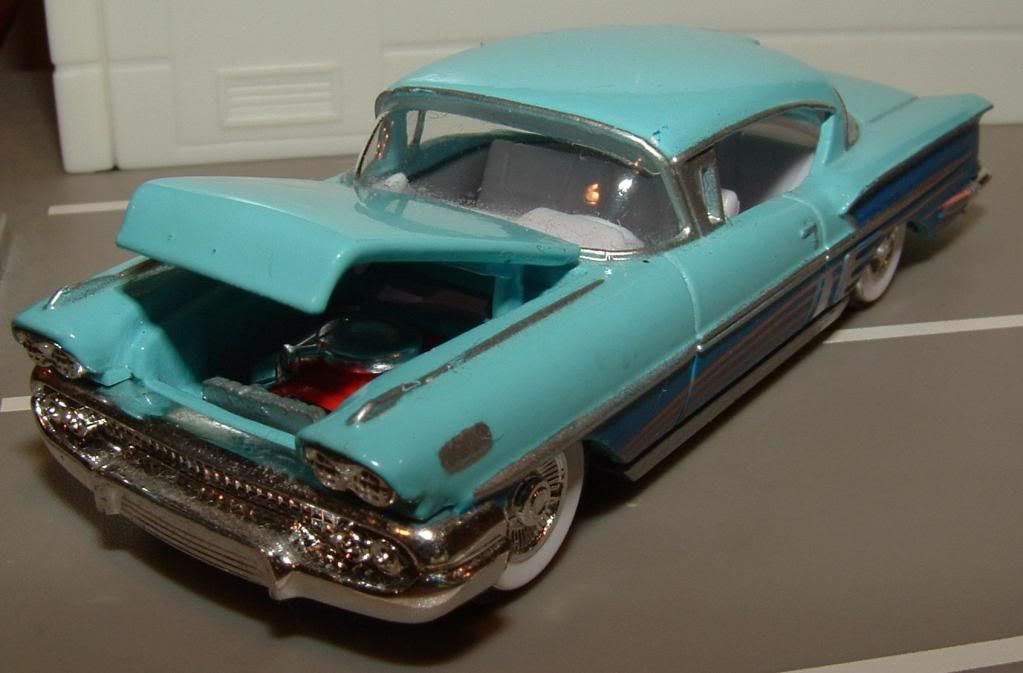

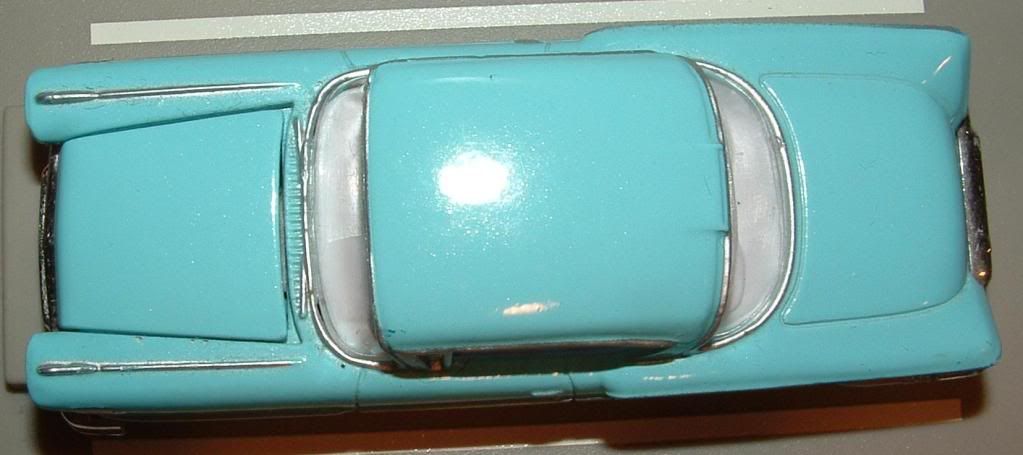

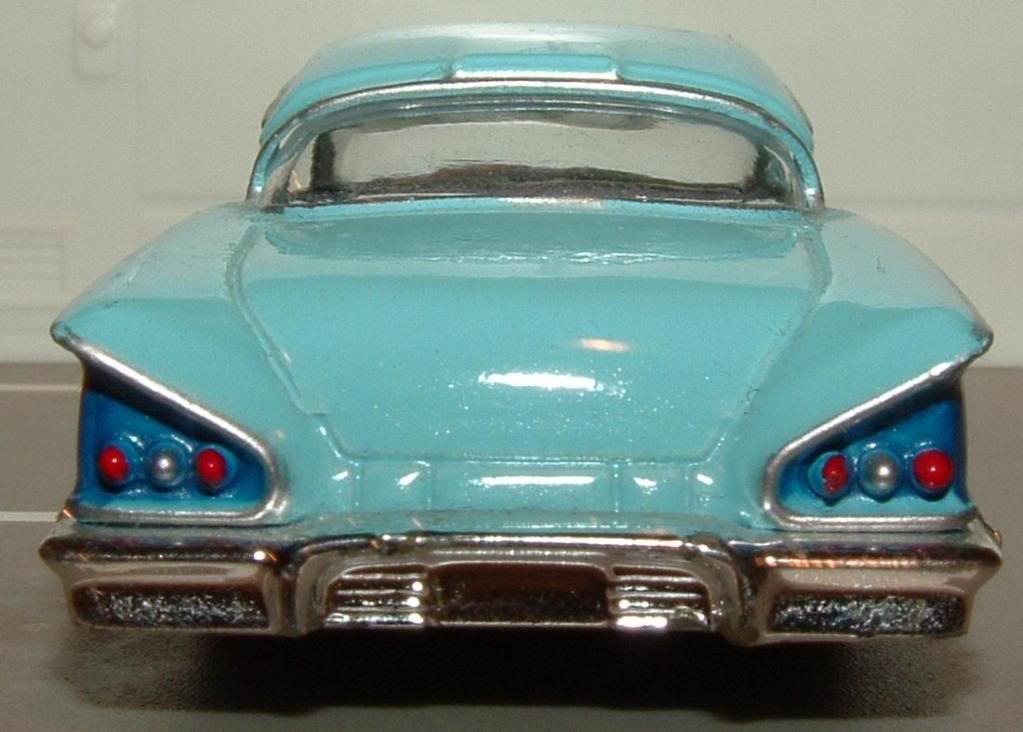
No comments:
Post a Comment